With the Ibis Cycles EWS team, currently sitting in 2nd place in the overall with 2790 points, it looks like another great year for the Californian brand. Scottish racer Lewis Buchanan is currently sitting in 10th place overall, and with two race ready bikes to choose from, we thought it was time to find out why he chose the Ibis Mojo HD4 and find out more about his setup.
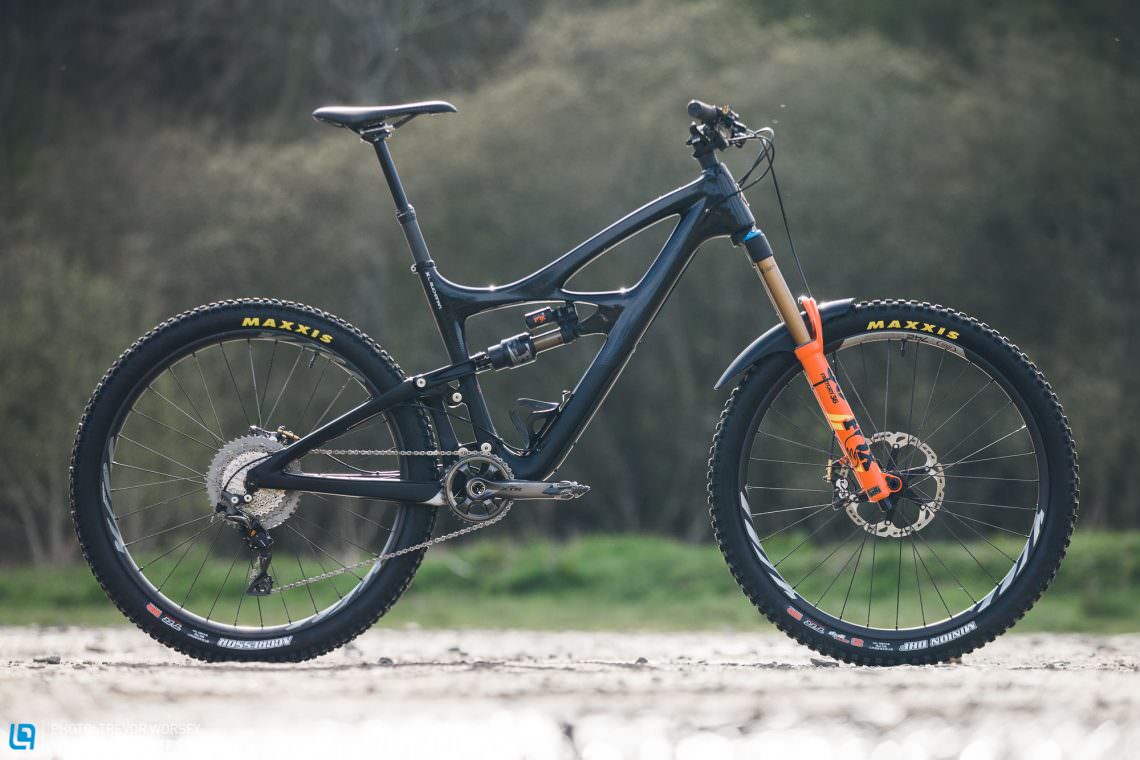
Why does Lewis Buchanan ride the Ibis Mojo HD4?
It was a hard call choosing between the bikes. I really enjoyed riding the Ibis Ripmo but for me personally I felt more at home on the HD4, I was after more of an aggressive feeling, and in timed training I was just a second faster on the HD4. The 29er Ripmo smooth’s everything out and feels like the bike is doing far more of the work, I guess I just prefer a more aggressive bike that demands me to do more, I also like having a little more travel on the rear. I have never raced 27.5” in enduro, it has always been 29er, but it felt amazing for me on the Ibis Mojo HD4.
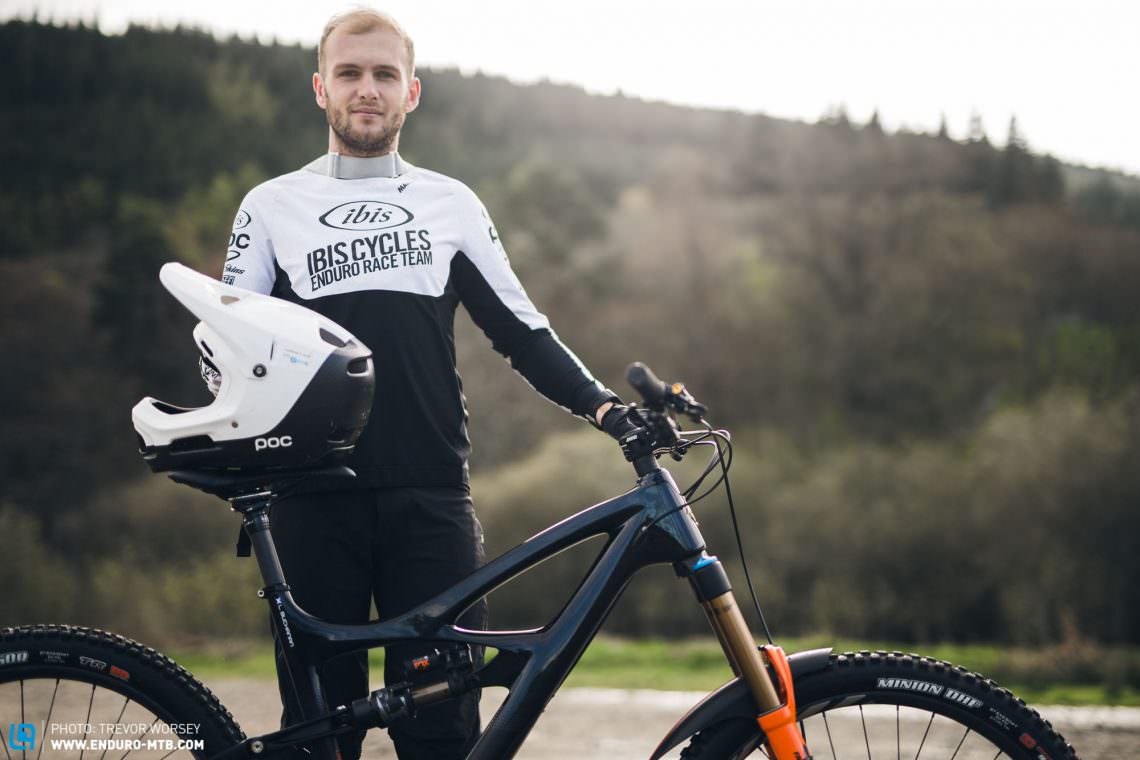
How does Lewis Buchanan run his brakes?
Coming from a DH background, it’s no surprise to see Lewis runs Shimano Saints on his bike, “I love the reliability and the burliness of the brake, I am a fan of late braking, and set the levers up so they are not too grabby”. Lewis used to run 203/203 rotors but after the change from the bigger wheel he has switched to 203/180. “I fit the standard sintered metal pads, past experience has shown that the cooling fins on the pads can be noisy, so I choose pads without fins, I cannot stand a noisy bike”. Lewis runs his bite points at the middle of the stroke of the lever.

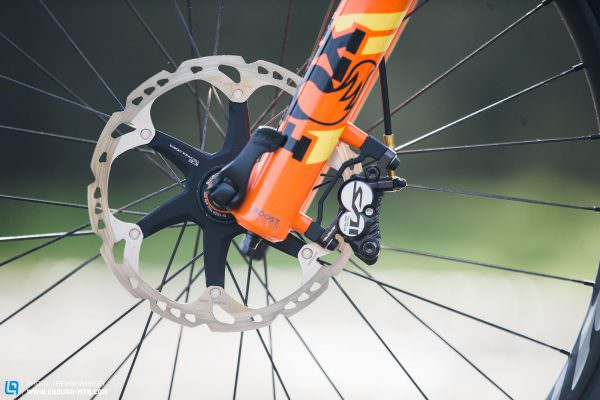


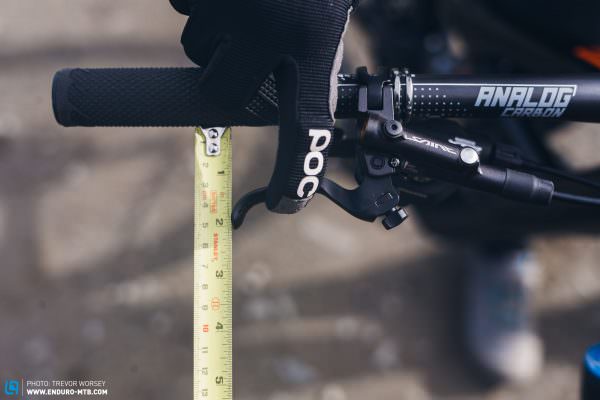

Both levers bite after a third of the lever travel.
How does Lewis setup his Mojo HD4 suspension?
“I tend to run my suspension firm in the front, but working with Robin Wallner I have started to ride slightly lower pressures, going through full travel numerous times on a run. There is nothing crazy about my setup, it’s not super fast or slow, just nice and balanced”. Lewis weighs 76 kg, and is running a 170 mm FOX 36 Factory Float with the FIT4 damper “I would like to try the new GRIP2 damper on the bike for sure, but it feels so good as it is I’m super happy.” The fork is set with 75 psi, 2 volume spacers, the HSC is set fully open with 11 or 12 clicks of LSC depending on how I am feeling. The rebound has 8 or 9 clicks from closed depending on the track. On the rear Lewis normally runs 190 psi in the FOX X2, but is currently trying 180 psi with 2 volume reducers. The LSC is 10 and HSC is 12-14, LSR 10, HSR 11 (all from fully closed), so pretty even settings. Everything is serviced before each race.

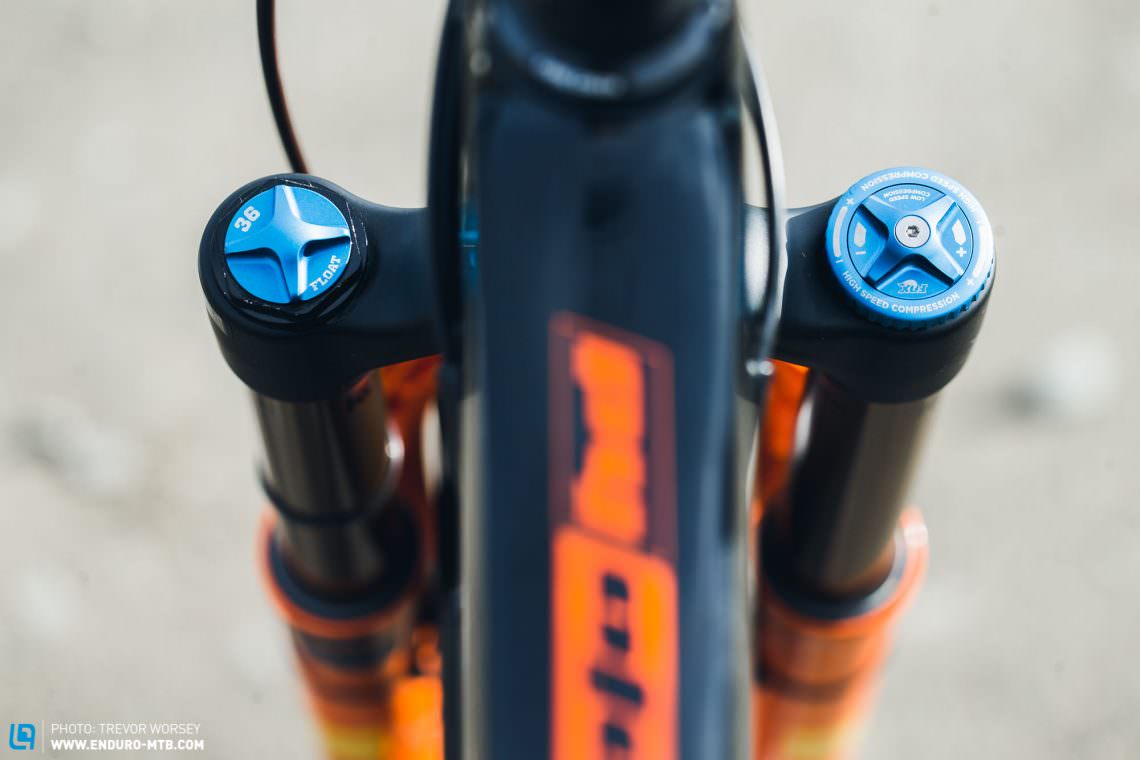
Without a full range of motion, how does Lewis run his cockpit?
“Since my elbow accident (Lewis missed most of the 2016 season due to a nasty elbow break) I need a high front end so have 25 mm of spacers fitted. When I was in Finale we were testing and I was riding Robins bike with no spacers, I rode it and I could not really ride at all, I could not straighten my arms or lift the front. The Analog Carbon bar is cut down to 760 mm, it’s always been a width that works, wide enough but not crazy.”




The first time Lewis has raced on carbon wheels
For someone who likes a quiet bike, it’s funny to see the Industry Nine Torch hubs fitted, with a freehub that sounds like a wasp on meth. “Yeah they are noisy! I love it but everyone I ride with tells me to keep pedalling to stop the noise, haha. The 742 wheels have been really great, I have never raced carbon rims, and you really can notice how light they are and the damping of the carbon. There is a certainly a feel when you smash though the rocks, they feel smooth and forgiving, but with amazing lateral stiffness. With the tyre pressures I am going a little softer now, 22-23 psi in the front and 26-27 psi in the rear. I run a Huck Norris in the back sometimes, in South America we ran one and it felt super light, but when we opened the tyre, there were some huge impact marks, but no damage to the wheel. The Maxxis Aggressor 2.5 is a new tyre for me with DD sidewall. The weight is not something I worry about, I would rather suffer a little more on the climbs to get the advantages on the descent like increased grip and protection. I probably would not race the Aggressor unless it was really dry, but it rolls fast and the side knobs are really good. On the front is a Maxxis Minion DHF in 2.5, a great all rounder, for racing the tyre would be a Maxxis High Roller II.”


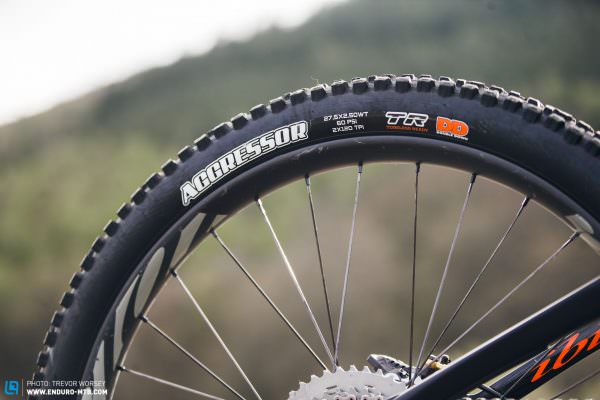

Why not Di2?
I have switched to full Shimano mechanical XTR now, from Di2. Going to cable shifting was just because everyone else on the team runs it and it’s easy to carry a spare cable in case of any issues. It’s still super fast and efficient. I am now running 175 mm XTR cranks with a 34t chain ring, I have always run 32’s but a lot has changed after moving from a 29er. It feels like the right choice for the bike.
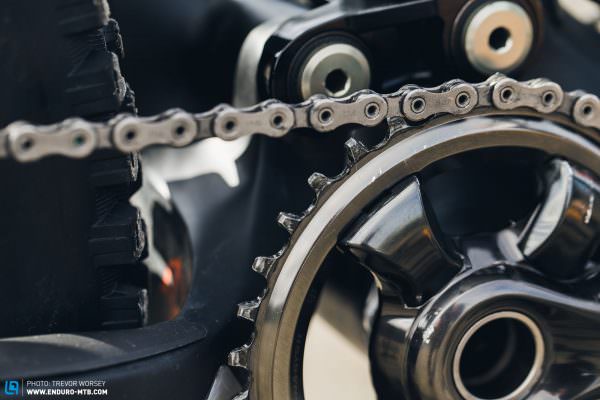
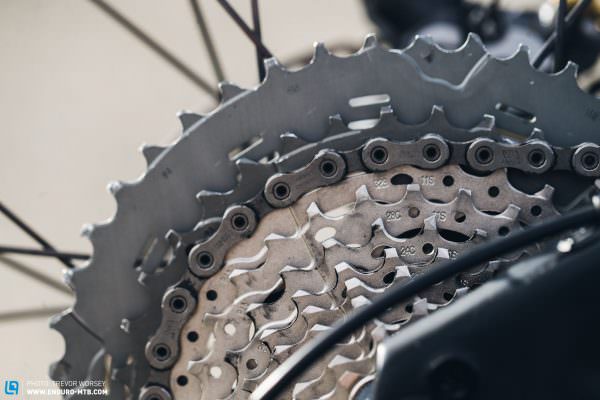
Anything else special that you do?
“I run the Mudhugger mudguard all the time, in Columbia many riders cut off their guards as they were afraid they were going to clog up, I ran mine with no issues at all. I would rather be able to see where I am going. I have a tube and CO2 strapped to the bike, some tyre levers, dyna plugs and a multi tool, chain links and cable ties. Many use bags but it’s tough as you are trying to be as light as possible. I carry a spare chain sometimes, last year I snapped a chain on a stage and had to run all the transitions, that destroyed my legs. The extra weight of a chain is not really noticeable. That’s about it, as little as possible. I am going to start using a flexible water bottles too at some races.”



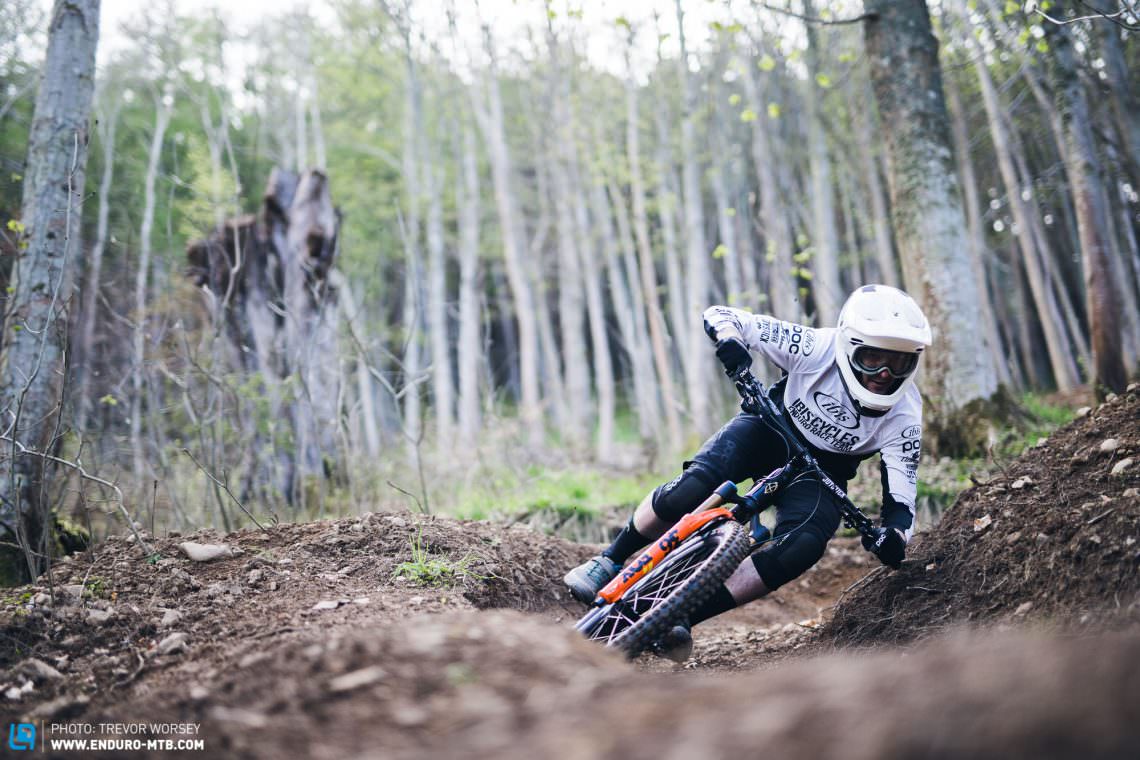
Did you enjoy this article? If so, we would be stoked if you decide to support us with a monthly contribution. By becoming a supporter of ENDURO, you will help secure a sustainable future for high-quality mountain bike journalism. Click here to learn more.
Words & Photos:








